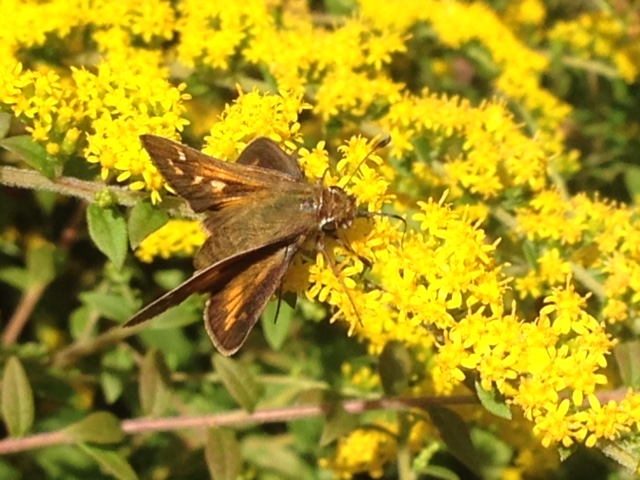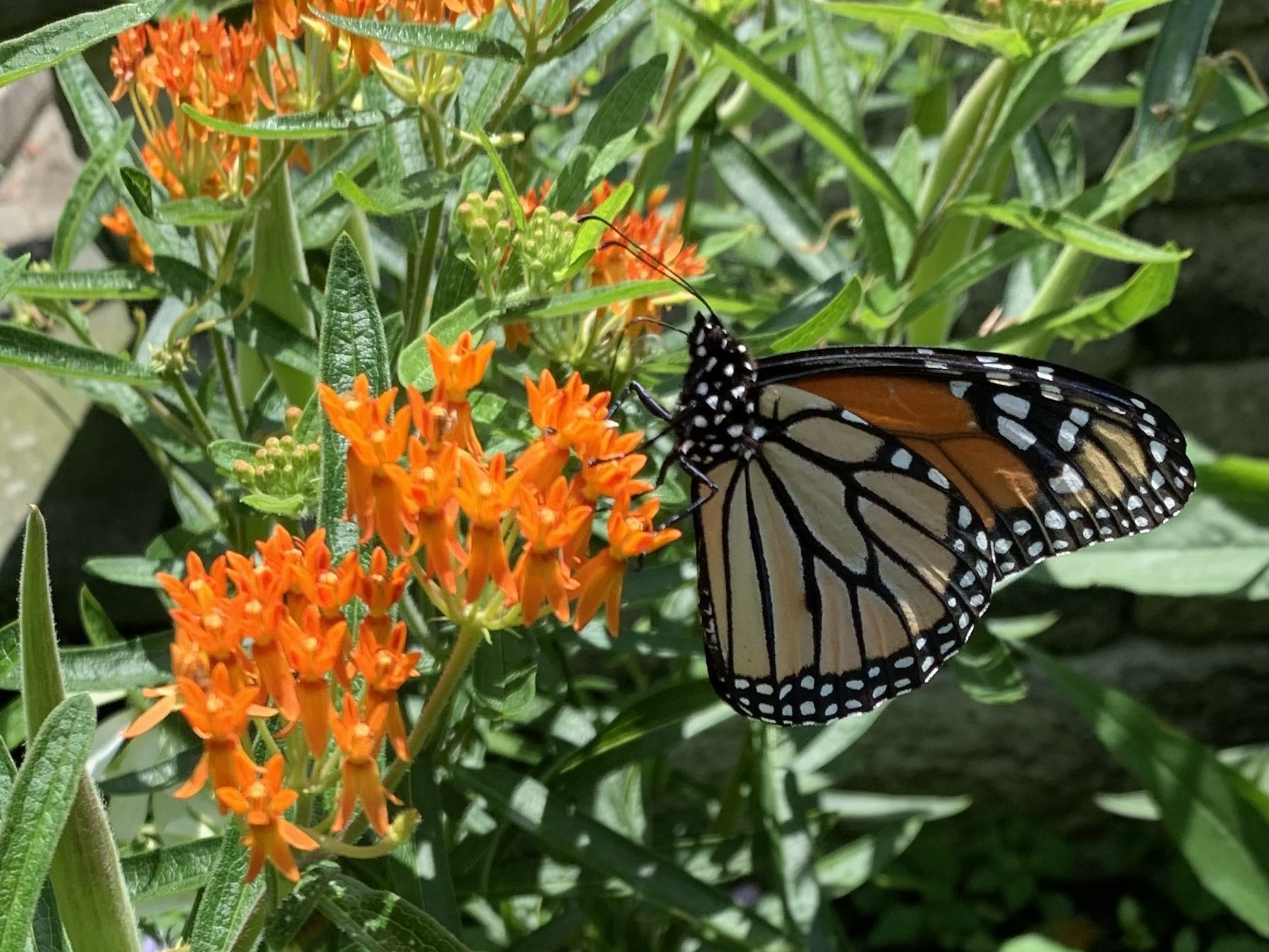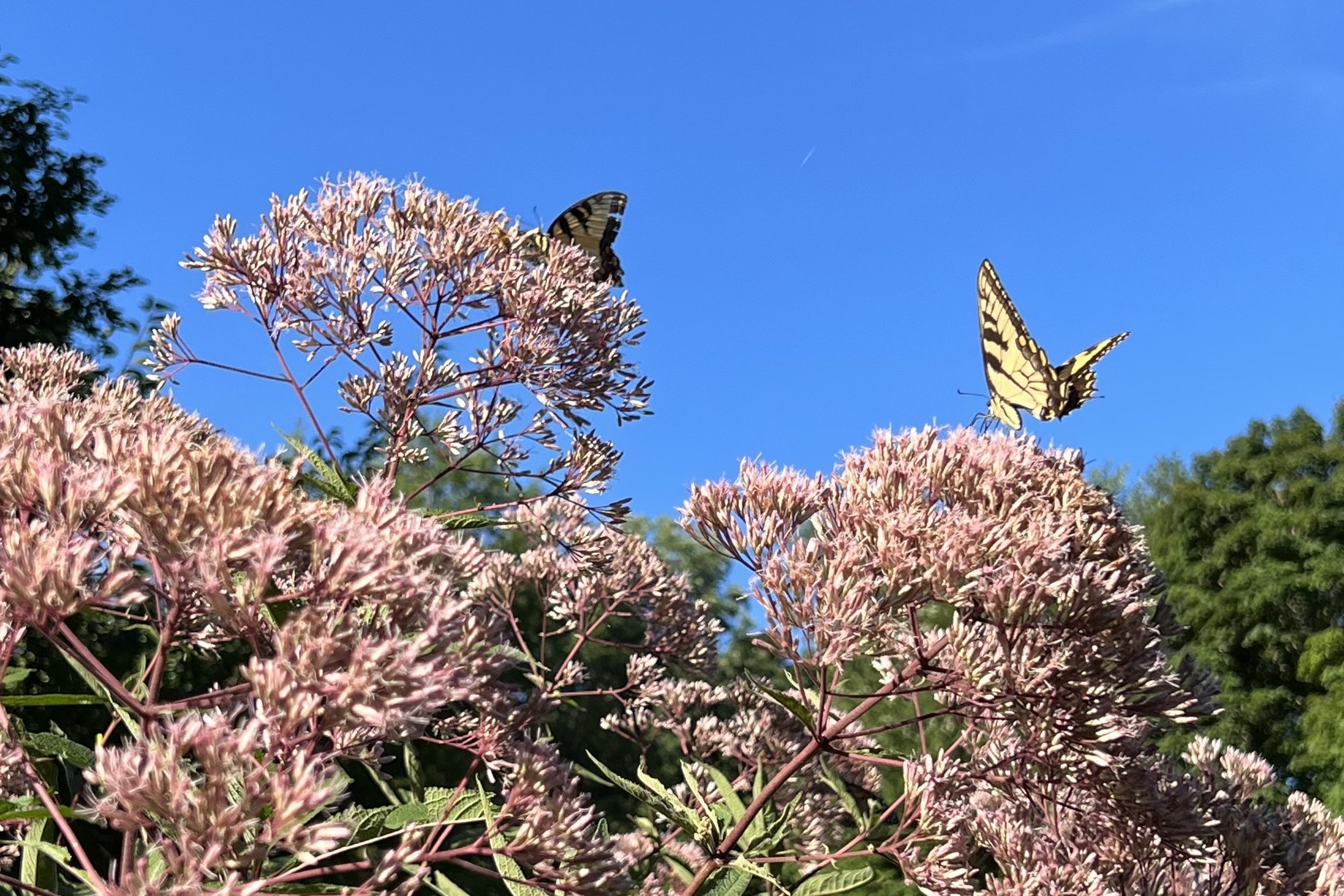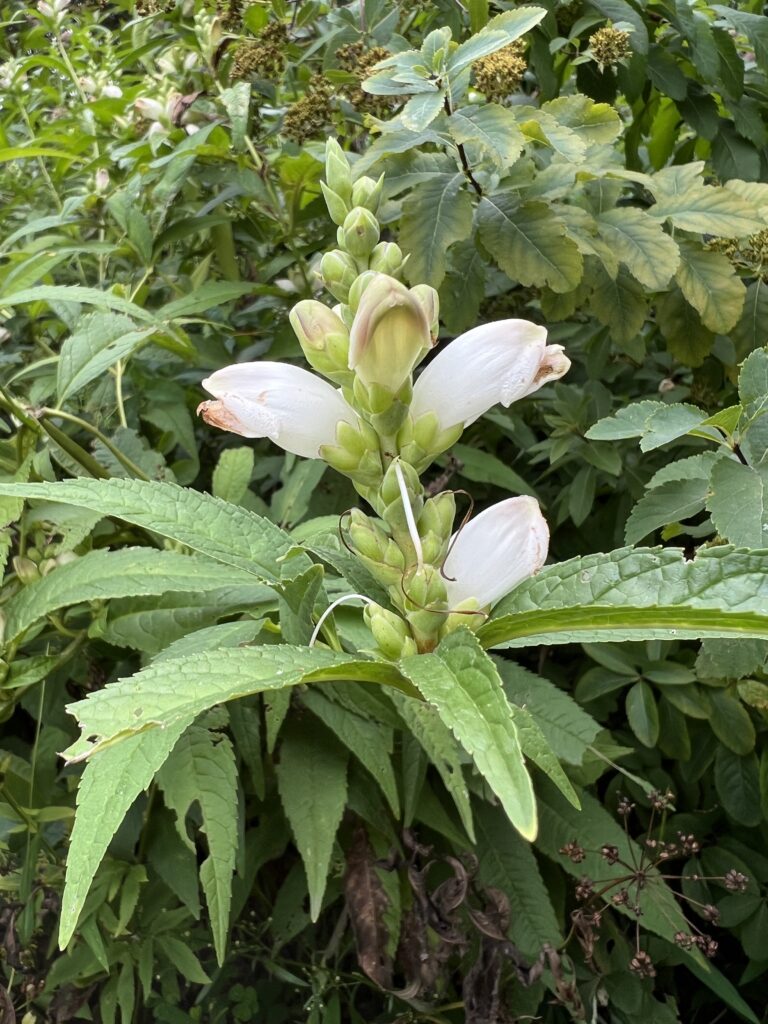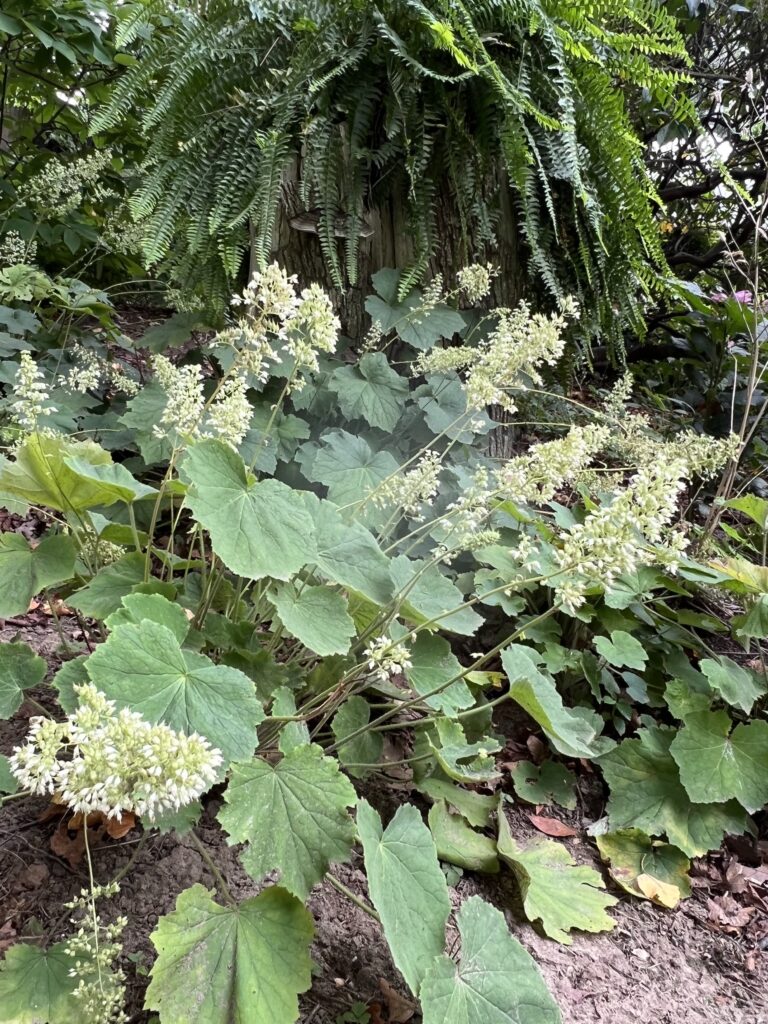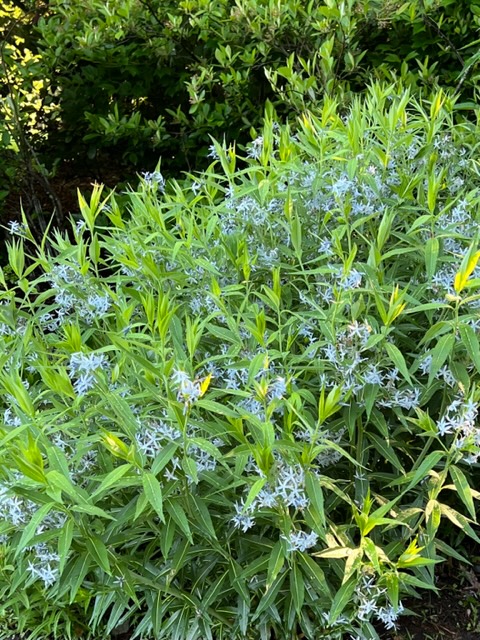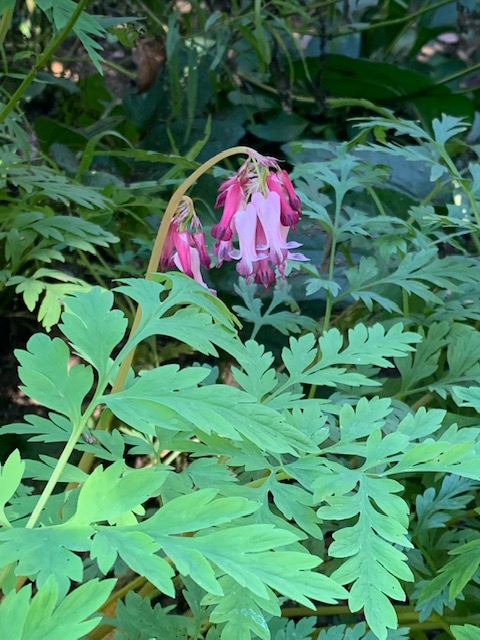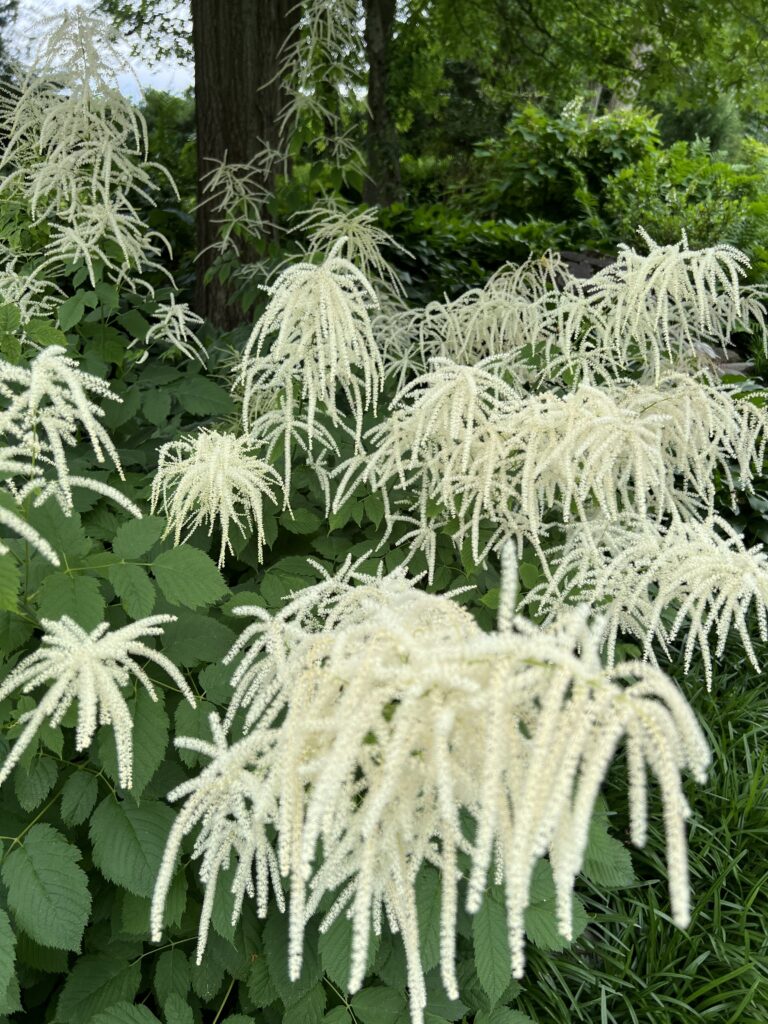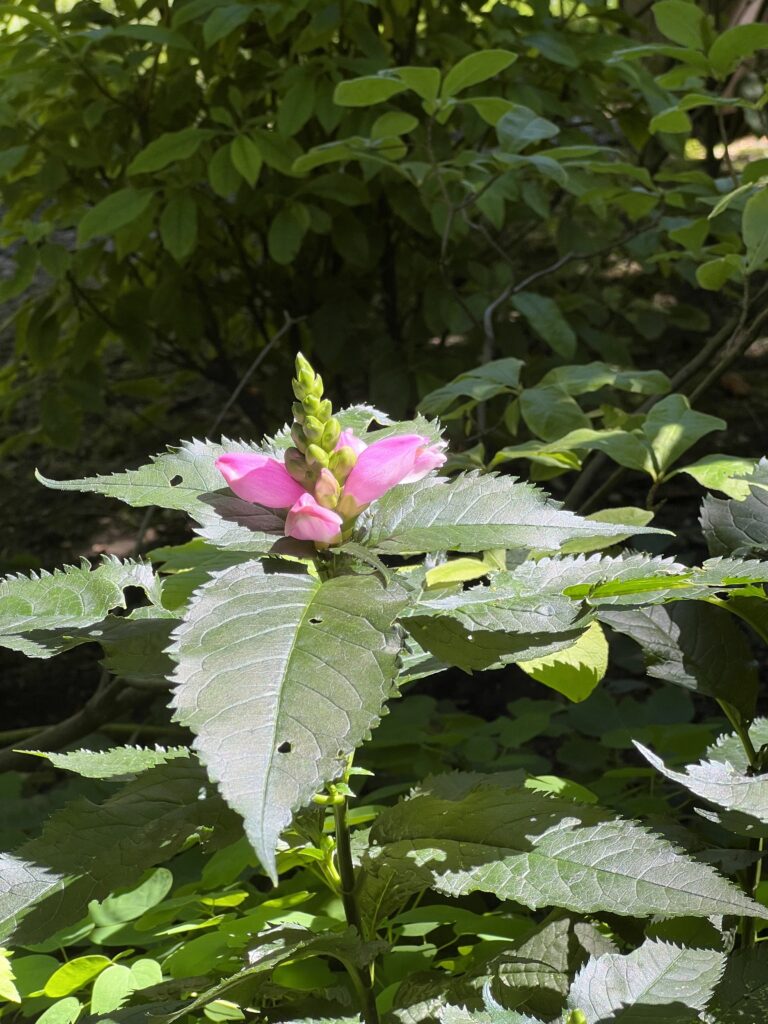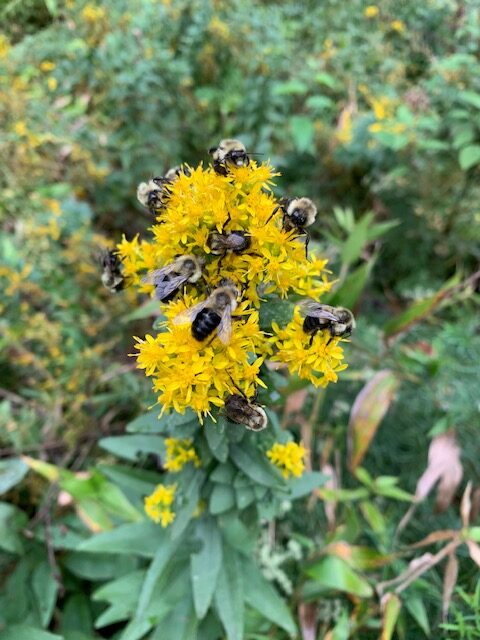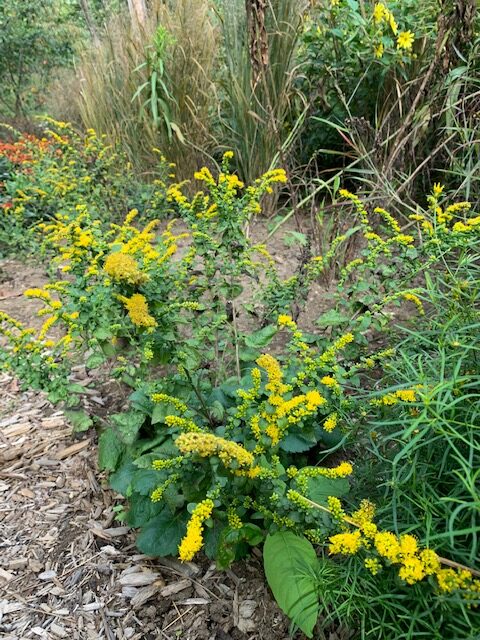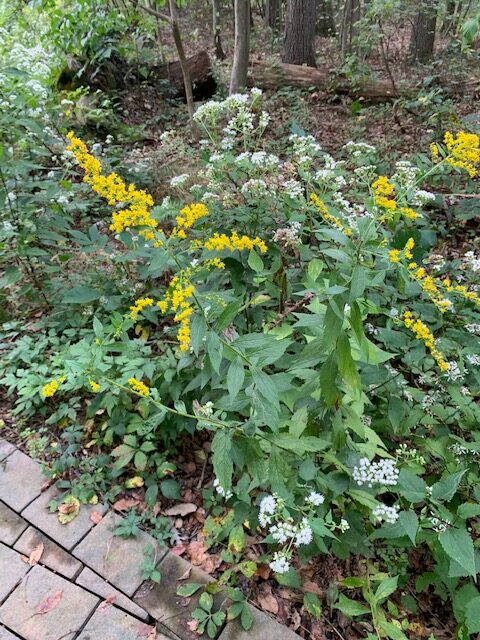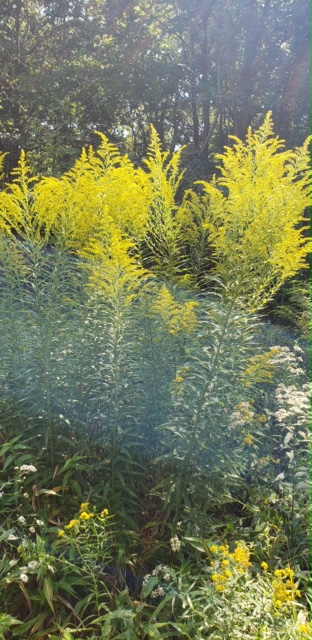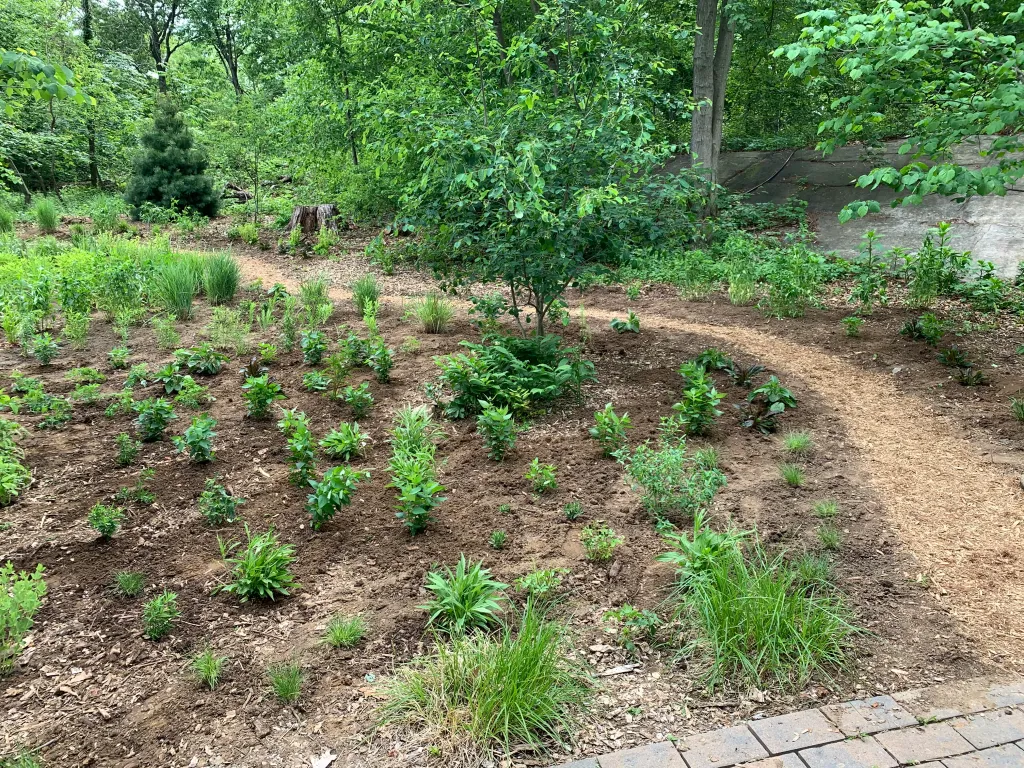
Are you thinking about what to plant in your garden this year? Nurseries are already displaying their new stock, and native plant sales are popping up everywhere. It’s time to make your shopping list for spring planting. And we can help!
Over the past few seasons, “Around the Grounds” has recommended some great native perennials that will bring life to your garden. Here are some of our favorite flowering plants — with links to blog posts containing photos and tons of information about each of them:
For Sunny Gardens
Sneezeweed (Helenium autumnale) – late bloomer, hot colors
Goldenrod (Solidago spp.) – fall bloomer, essential for pollinators
Milkweed (Asclepius spp.) – long bloom time, critical for Monarchs
Golden Alexander (Zizia aurea or aptera) – blooms early and long
Blue False Indigo (Baptisia australis) – long-lived, shrub-like spring bloomer
Mountain Mint (Pycnanthemum spp.) – fragrant long bloomer
Joe Pye Weed (Eutrochium spp.) – tall butterfly magnet
Anise Hyssop (Agastache foeniculum) – long-blooming butterfly favorite
White Turtlehead (Chelone glabra) – late blooming bumblebee favorite
Cardinal Flower (Lobelia cardinalis) – red spikes for hummingbirds
Coral Bells (Heuchera villosa ‘Autumn Bride’) – deer-resistant hosta substitute
Bluestar (Amsonia tabernaemontana) – shrub-like, blooms early
For Shady Gardens
Native Bleeding Heart (Dicentra eximia) – long bloomer, hardy
Goatsbeard (Aruncus dioicus) – large, showy white flowers
Pink Turtlehead (Chelone lyonii) – shrub-like with pink flowers
Wild ginger (Asarum canadensis) – low ground cover, hidden flowers
Golden groundsel (Packera aurea) – shade/sun flowering groundcover
Creeping Sedge (Carex laxiculmus) – clumping grass that stays blue all winter
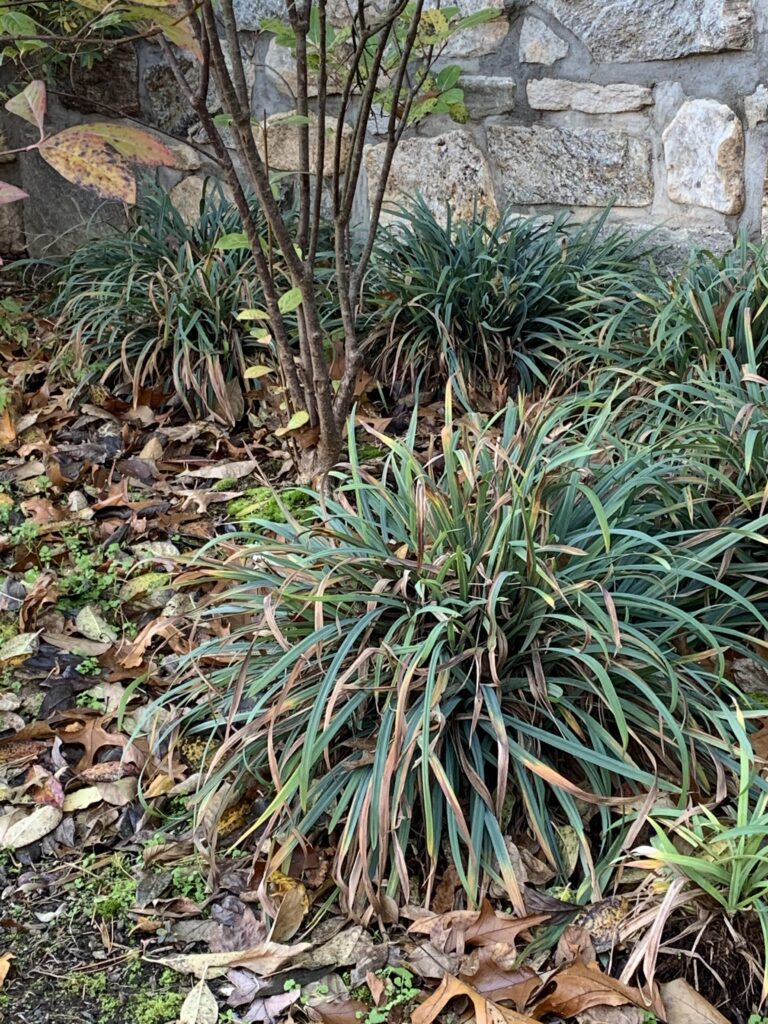
Violets (Viola sororia) – early flowering groundcover
All of these plants evolved in our region, are well-adapted to our soil and weather, and support native insect and bird populations. Many are deer-resistant and drought-tolerant. You can learn more about their favorite garden conditions in the linked blog posts.
We’ve also recommended ferns, grasses, shrubs, and trees, so browse older posts by clicking on the “Around the Grounds Collection” button below.
Happy spring shopping! And if you live in the Greenburg, NY area, mark your calendar for our spring plant sale on May 13 where many of these plants will be available.


